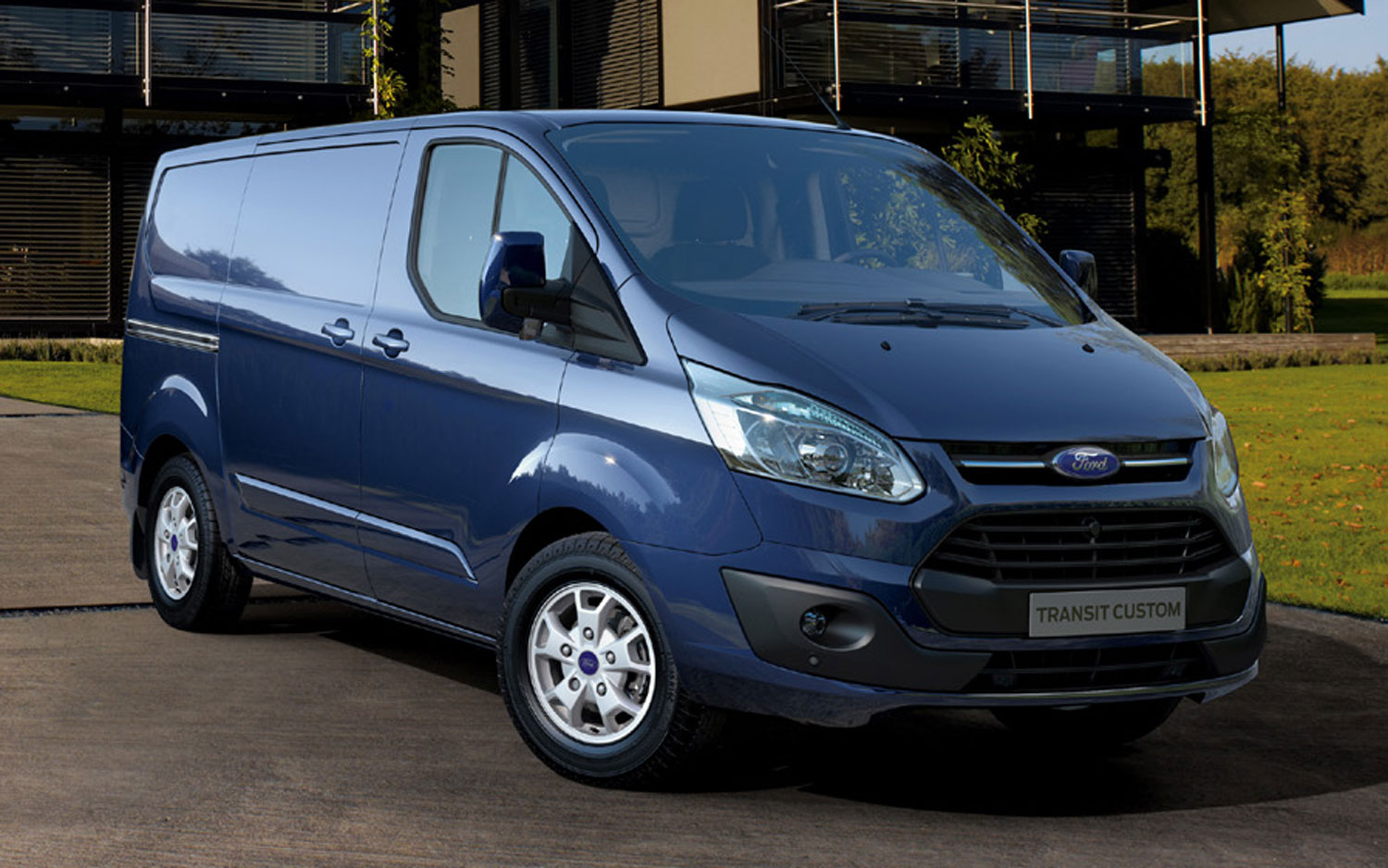

The higher powered Transporter, however, emits 174g/km of CO2, making it less environmentally friendly than the Ford. The 102bhp model can reach up to 47.9mpg and emits just 153g/km of CO2 – just pipping the entry level Transit to the post. The Volkswagen Transporter also meets Euro6 emissions standards, being equipped with the brand’s BlueMotion Technology kit. All versions meet the Euro6 emissions standards thanks to common-rail injectors turbocharging technology. The model with the highest emissions figure in the range emits 165g/km of CO2. Its entry level and mid-range models both have EcoBlue technology which delivers 46mpg and 157g/km of CO2. When it comes to fuel economy, the Ford Transit Custom rivals any in the sector. The sophistication of the Transit Custom’s ESP puts it ahead of the Transporter when it comes to safety, so the vehicles are once again neck and neck. The options include front fog lights with integrated cornering lights.
Ford transporter van driver#
The usual ESP and ABS braking technology are there, as well as driver and passenger airbags.
Ford transporter van drivers#
The Volkswagen Transporter offers plenty to keep drivers safe in any conditions. There’s also traction control and emergency brake assist, and options include Pre-Collision Assist. You can find the latest tech on the most recent range, with models featuring an electronic stability programme (ESP) that helps the vehicle stay stable in wind and adjusts according to payload. The Ford Transit Custom was the first van to achieve a five-star Euro NCAP rating for safety – a significant feat. That makes the Volkswagen Transporter sneak into the lead, particularly for those who are after more power and some extra security in wet or icy conditions. If you’re likely to be driving in slippy conditions, this offers extra grip. The entry level model offers 102bhp, with the mid-range option giving an impressive 150bhp and the top spec delivering 204bhp and getting the van from 0-62mph in just 8.6 seconds.įront-wheel drive versions are responsive and sure-footed, but the Transporter also comes in all-wheel drive form. The VW Transporter goes one better when it comes to transmission, with range-topping vehicles sporting a seven speed gearbox that makes urban and motorway driving a breeze. The downside? A bit more engine noise than you may want – but it’s not a deal breaker. The six speed transmission is smooth, and the light steering makes for easy manoeuvrability. The mind-range option is better for motorway driving, offering 128bhp, while the top spec delivers 168bhp which is sure to get you off the line quickly. The Transit’s EcoBlueTDCi engines are flexible, with the lowest spec version offering 104bhp and proving a good option for urban environments. The Ford Transit Custom has three engine options, while the Volkswagen Transporter has four.

So far, the vans are about equal, so what about performance?
.jpg)
That gives owners with a need for some extra room a maximum of 1,940mm to play with – significantly more than the 1,406mm on the Transit. A few millimetres isn’t much to worry about, so what about height? Well, the Transporter has three heights available, compared to just two on the Transit. The Ford Transit gives you 2,555mm in length and 1,775mm in width the Volkswagen Transporter 2,572mm in length and 1,700mm in width. There’s not much in the load length or width of the smallest version of either van. In terms of payload, the Transit Custom offers 1,399kg, whereas the Transporter falls short of that, offering a maximum of 1,247kg. If you’re going to buy based on payload, load length or width there are a few important numbers to note. But which is really the best? The stats between Ford Transit and VW Transporter Both brands have a reputation for reliability and both vehicles boast a number of height, length and engine options which make them flexible enough for a range of professions. The Ford Transit Custom and Volkswagen Transporter are incredibly popular vehicles in the UK market. Ford Transit Custom vs Volkswagen Transporter


 0 kommentar(er)
0 kommentar(er)
